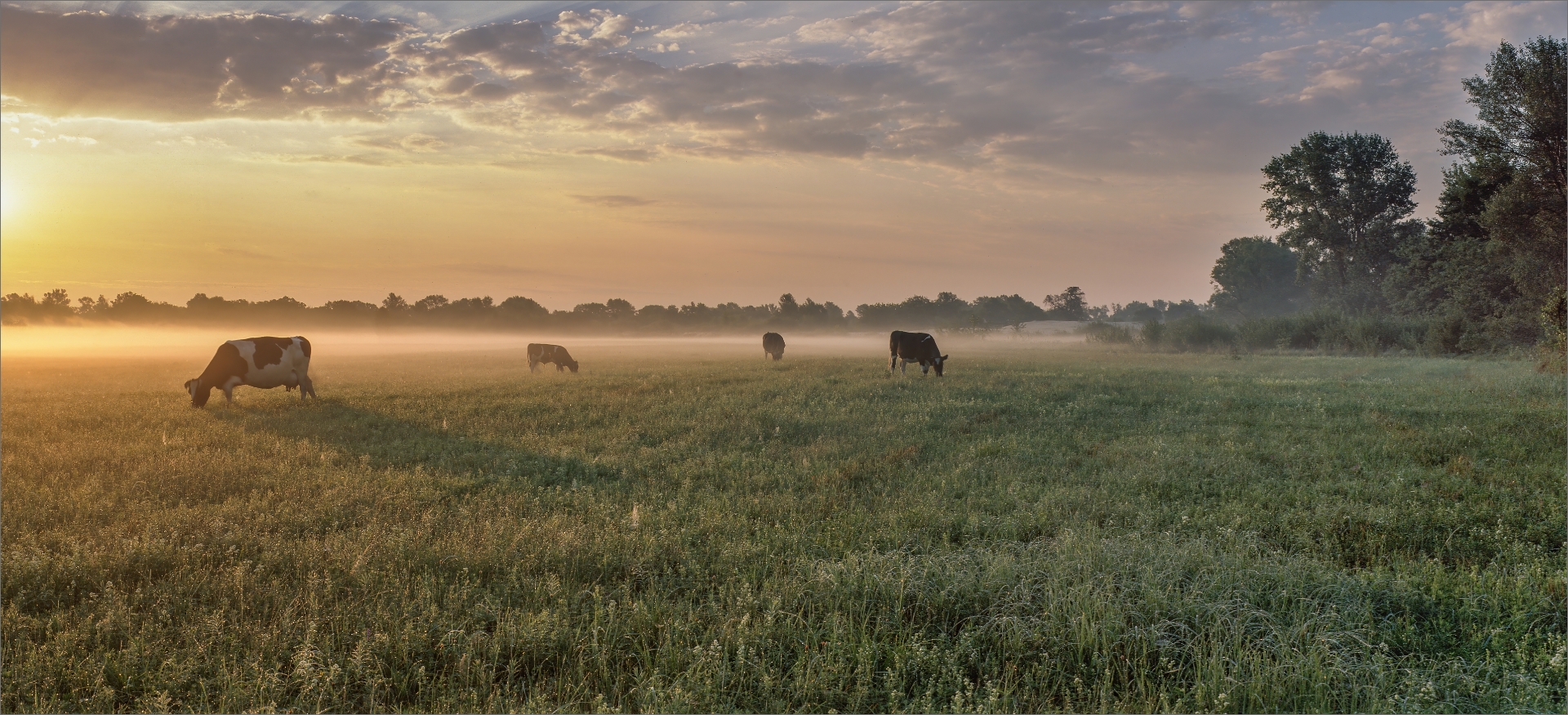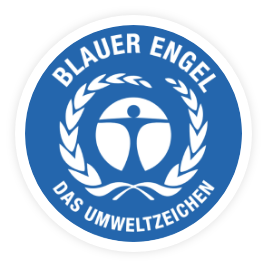
Statement
Animal Welfare and Health Responsibility Begins with Purchasing
Statement on animal welfare and ethics

We, the Gmelich company, depend on protecting and preserving animals for our very existence! For this reason, we source suitable raw materials mainly from Germany and Austria, i.e. from countries where animal welfare is anchored in law – in Germany even in the constitution. It is only healthy and well-treated animals that provide the hides and skins that our customers want to see used as the leather on their sofas, shoes or jackets. It is precisely this connection to animal welfare that enables us to produce fine Gmelich leathers and set ourselves apart from overseas mass-produced goods by providing us with high-quality raw materials (hides with fewer injuries, insect damage, etc.). For this reason alone, it is very important to treat the animals as gentle as possible.
The raw material is a so-called by-product of the meat and dairy industries. Without making leather from these skins, disposal or destruction is inevitable. Instead of disposing of this by-product, we process it into a durable, high-quality product.
We, the team at Gmelich, are committed to protecting the environment:
Eine umweltgerechte Lederherstellung verlangt große Sorgfalt und aufwendige Verfahrenstechnologien. Wir sind ständig daran interessiert, neue Erkenntnisse aus der Lederforschung und Ledertechnik in unserem Betrieb umzusetzen, damit wir auch in Zukunft exklusives und wertvolles Leder mit modernsten Methoden für Sie herstellen können. Deshalb haben wir insbesondere in den letzten Jahren viel Zeit und Energie in innovative Techniken und Verfahren investiert, die uns eine möglichst schonende Lederherstellung erlauben.
Producing environmentally friendly leather requires great care and sophisticated technologies. We are always interested in implementing new findings from leather research and leather technology in our company, so that we can continue to produce exclusive and valuable leather for you using state-of-the-art methods. For this reason, we have invested a great deal of time and energy in recent years in the development of innovative techniques and processes that are as gentle to the leather as possible.
As a result, our company has undergone voluntary environmental certification by the internationally acclaimed Leather Working Group (LWG), one of the highest and most rigorous standards in the industry.
- Is Gmelich able to trace the chain back to the breeding of the animals?
Gmelich is one of the very few tanneries in the world that is able to trace the supply chain all the way back to the farmer. Each hide that is delivered to us has a hide number that allows the government veterinarians to establish a link to the passport of the animal. Information such as the parents of the animal, the place of birth, the owner of the animal, the time and place of slaughter, etc. is stored in the animal passport and in the “HI-Tier” database. All Gmelich leathers are produced from raw hides in our own factory in Großbottwar, Germany. - Where do the animals come from? Where and how is the skin turned into leather?
Gmelich obtains its hides from animals that are reared and slaughtered within a radius of up to 500 kilometers of our tannery – mainly from the German states of Baden-Württemberg, Bavaria and Austria. In our tannery in Großbottwar, the raw hide is transformed into fine leather in a process that can take up to 35 steps. - What kind of cattle hides do you process and what is the age of the animals?
The hides come from Simmental cattle. These are mainly cows (slaughter age around 7 years) that are kept for milk production. A small amount also comes from bulls (slaughtered at 2 years) used for meat production. - Is there any information on whether the hides and skins of the animals are 100% waste products from the meat production process or whether they are bred and slaughtered solely for the purpose of leather production?
It is 100% hide, which is a “waste product” of the meat and dairy industry, and we simply turn it into a by-product. A farmer’s income from a hide is out of proportion to the cost of its production. The income from the hide is only a fraction of the income from the meat and the milk. At the moment the income from the hides accounts for about 0.2 % of the total income from a Simmental cow. - What standards does Gmelich follow regarding animal welfare and ecology in the preceding and own production chain?
The production of Gmelich leather is in accordance with the standards of the “Blue Angel” initiative. The raw materials we use come almost exclusively from farmers in Germany and Austria. Less than 10% of the material comes from other parts of the EU. We only use hides from animals that have been inspected by official veterinarians before and after slaughter. The meat from these animals is approved for human consumption. The purpose of the pre-slaughter inspection is to ensure that the animals have been treated properly by the farmer and during the transport of the hides. It is well known that the regulations concerning the welfare of animals are very strict. In Germany, animal welfare is anchored in the constitution. If there are serious violations of animal welfare regulations on the farm or in the slaughterhouse, the result is usually the closure of the business. Gmelich is a tannery that respects the environment. We process almost exclusively fresh hides (95%). This means unpreserved and unsalted raw hides. These hides are delivered to us only in a refrigerated state, which is only possible due to the short distances between the slaughterhouse and our plant. As our production processes are geared towards sustainable and gentle working methods, Gmelich has a very low water consumption. - What are the advantages of real leather over alternative products such as artificial leather, synthetic leather, etc.?
As a natural product, leather has special properties such as durability and long life. There is no artificial leather that can compete with these important characteristics. When considering the carbon footprint, but also when analyzing costs, the product life cycle plays a crucial role.